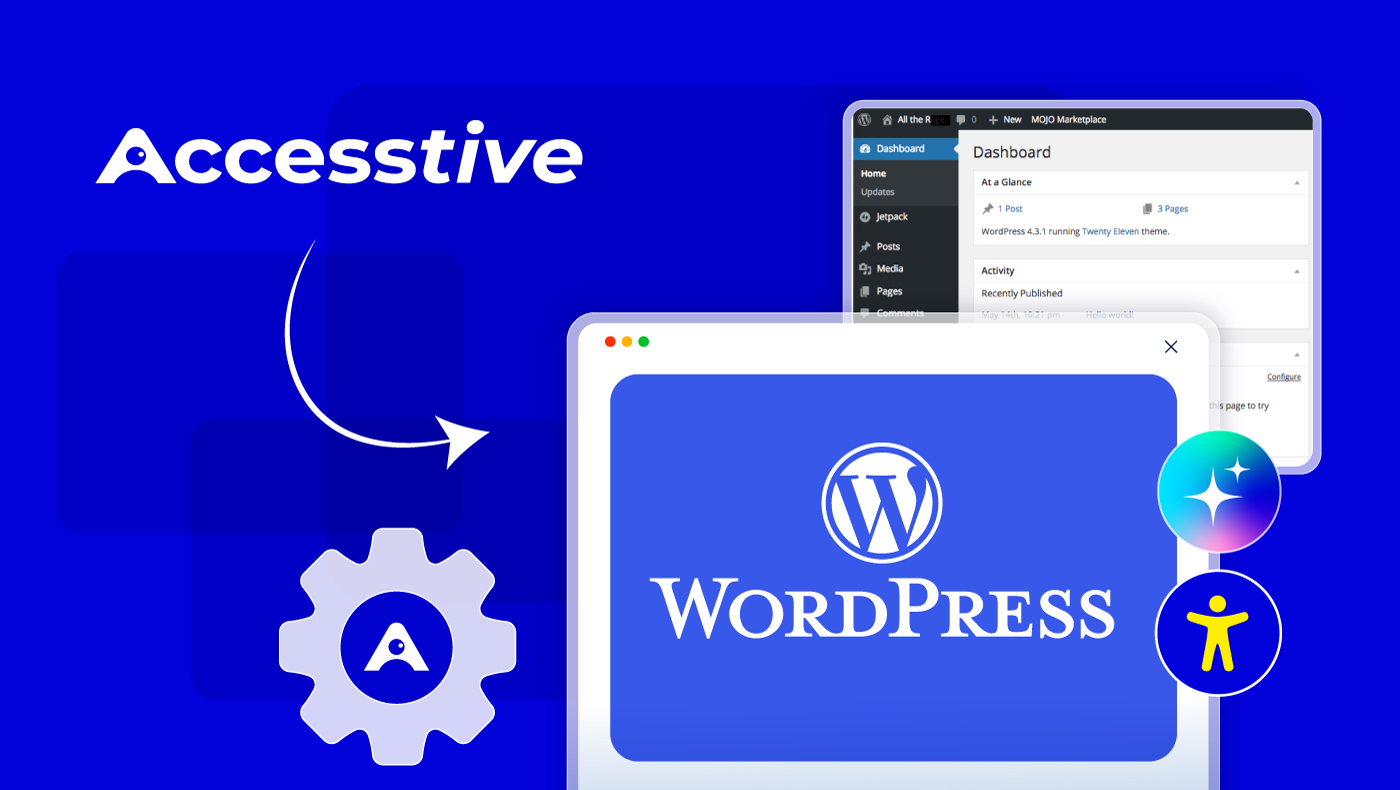Accessibility Automation: A Smart Way to Build Inclusive Websites

Accessibility Shouldn’t Be an Afterthought, Automate It
Web accessibility is no longer just a legal checkbox or a “nice-to-have.” It’s a digital imperative. But here’s the challenge: manual accessibility testing is time-consuming, repetitive, and often inconsistent.
That’s where accessibility automation comes in, helping teams identify and fix issues faster, integrate best practices into CI/CD pipelines, and scale accessibility across large websites and applications.
In this guide, you’ll learn:
- What accessibility automation is
- How it works and why it matters
- The best tools available in 2025
- How to build an effective automation workflow
- Pro tips and real-world use cases
Let’s dive in and make accessibility smart, scalable, and sustainable.
What Is Accessibility Automation?
Accessibility automation refers to the use of automated tools and scripts to detect and fix accessibility issues in websites and web applications. It complements (but doesn’t replace) manual testing by speeding up detection, enforcing consistency, and integrating checks directly into development workflows.
Why Automate Accessibility Testing?
1. Save Time
Automated checks can instantly scan entire web pages for WCAG violations, freeing up your QA team for deeper usability testing.
2. Shift Left in Dev Cycles
Automated accessibility testing can be integrated early in the development process, preventing regressions before they hit production.
3. Improve Accuracy and Coverage
Automation catches low-hanging issues like missing alt text, contrast ratios, ARIA misuse, and form label errors.
4. Enable Scalability
With automation, you can test hundreds or thousands of pages across large sites without the need for full manual audits.
Top Accessibility Automation Tools in 2025
| Tool | Best For | Highlights |
| axe DevTools | Developers | Chrome extension + CI/CD integration, open-source, WCAG 2.1 support |
| Lighthouse | Performance + Accessibility | Built into Chrome DevTools, lightweight and fast |
| Pa11y | Command-line testing | CI integration, customizable reports |
| Deque axe-core | Scalable enterprise testing | Integrates with Cypress, Selenium, Playwright |
| WAVE API | Visual analysis | REST API for large-scale automated scans |
| Tenon.io | Design system integration | Real-time feedback, dashboard analytics |
| Accessibility Insights | Manual + automated | Guided assessments and test automation via browser |
How to Build an Accessibility Automation Workflow
Step 1: Choose Your Testing Strategy
- Static code checks (linting, CI tools)
- In-browser testing (DevTools, extensions)
- End-to-end test integration (Cypress, Selenium, Playwright)
Step 2: Integrate With CI/CD
Add accessibility tests to your deployment pipeline using GitHub Actions, Jenkins, GitLab CI, or Bitbucket Pipelines.
Step 3: Automate Regression Testing
Set up daily or weekly scheduled scans for critical pages like login, signup, and checkout.
Step 4: Combine With Manual Testing
Not all issues are detectable via automation. Combine automated tests with manual screen reader and keyboard-only tests for complete coverage.
Pro Tip: Prioritize Accessibility from Sprint 1
Don’t wait until QA or launch day. Run automated checks during pull requests, code reviews, or staging previews to catch issues early.
Real-World Example: How a SaaS Company Scaled A11Y Testing
A mid-sized SaaS firm used axe-core integrated with Cypress to automate accessibility checks across 40+ user flows. Over six months:
- They fixed 89% of recurring accessibility violations
- Reduced manual testing time by 60%
- Avoided a potential compliance lawsuit by remediating issues before launch
Limitations of Accessibility Automation
Automation can only detect around 30–50% of accessibility issues. It won't catch:
- Poor link or button descriptions
- Inaccessible content flow
- Dynamic elements without ARIA updates
- Keyboard traps or custom interactions
Always back your automation strategy with expert manual audits.
Conclusion:
Accessibility automation is more than a technical shortcut, it’s a strategic advantage. It empowers your team to build more inclusive, legally compliant, and user-friendly digital experiences from the ground up.
By integrating the right tools and workflows today, you future-proof your products for a more accessible tomorrow.
Explore our Accessibility Testing Services or download our free CI/CD automation checklist to get started. Need help selecting tools? Talk to our experts for a tailored strategy.
FAQs About Accessibility Automation
No. It accelerates detection of common issues but must be combined with human testing for complete coverage.
For developers, axe DevTools or Accessibility Insights are user-friendly and free. Teams at scale may prefer Pa11y CI or Tenon.io.
Many tools are free or open-source. Even enterprise tools offer cost savings by reducing legal and development risks.
Ideally, at every code push or pull request via CI. At a minimum, run weekly scans on key user journeys.
Most tools test against WCAG 2.1 (or 2.2 where supported), ensuring compliance with global accessibility standards.




